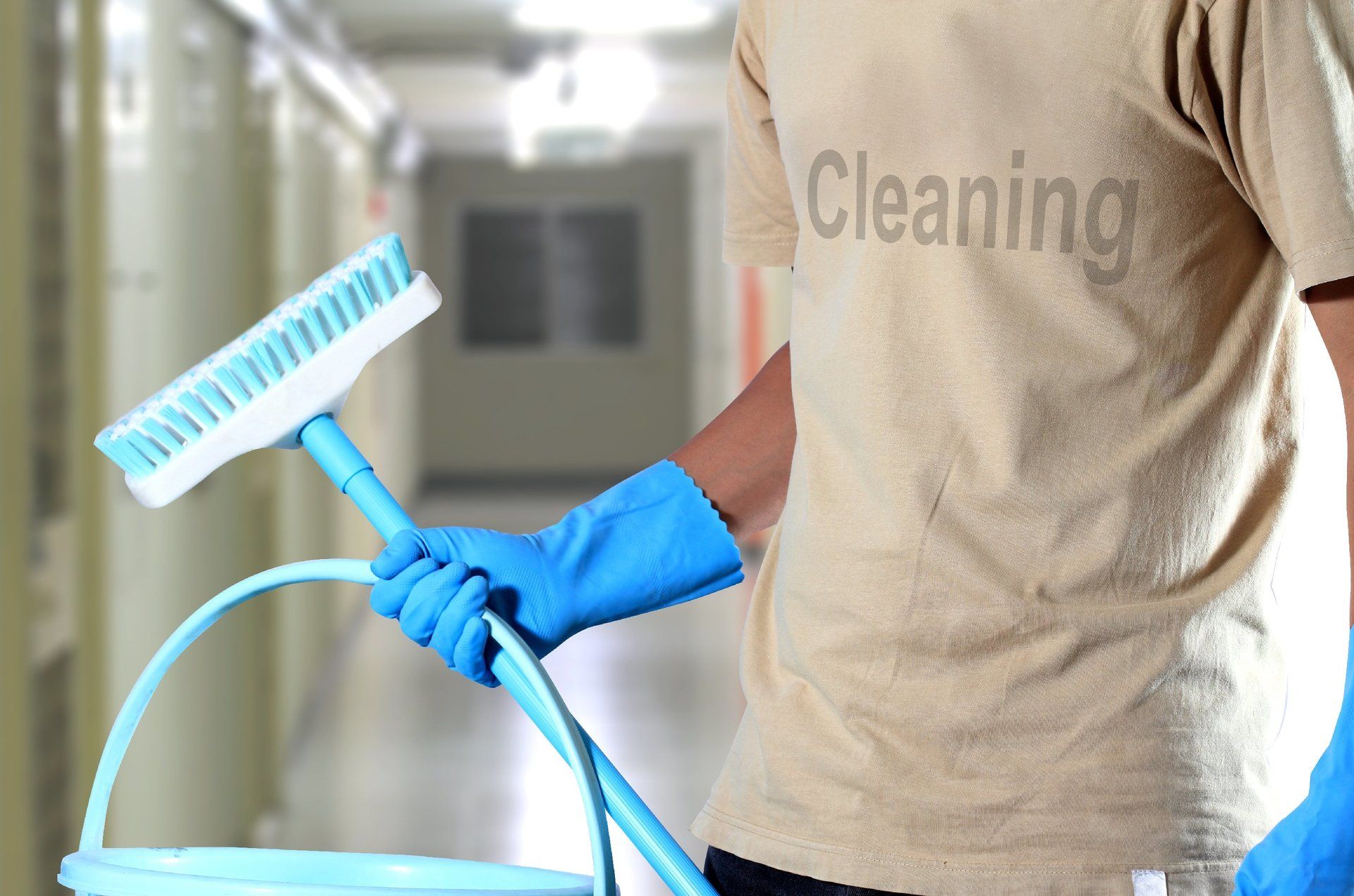Evidence
for
Anesthesia Cross Contamination

Intra-operative Stopcock contamination
Loftus et al. 2008
32% of peripheral intravenous tubing (stopcocks) that started the case sterile became contaminated with potentially pathogenic bacteria by the end of the surgical case. As the anesthesia work area bacterial accounts increased "so did the probability of obtaining a positive stopcock." (p.402) "For workspace contamination at ten colonies per surface area sampled (CPSS) the probability of contamination is approximately 20%, but increases to greater than 50% when the CPSS is more than 100. This occurred in 30% of the cases." (p.402)
"Early transmission likely occurs secondary to contamination of provider hands after induction of anesthesia." (p.405)
"We observed an increase in mortality that may be attributed to stopcock contamination (P = 0.0395). . . (that should) be interpreted with caution because it was not the primary outcome of this study." (p.406)
HH-33 Loftus RW, Koff MD, Burchman CC, et al. Transmission of pathogenic bacterial organisms in the anesthesia work area. Anesthesiology. 2008;109(3):399-407. doi:10.1097/ALN.0b013e318182c855
Loftus et al. 2012
Stopcock contamination was detected in 23% of cases. (p.1240)
Contaminated stopcocks had 58.5 increased odds ratio for mortality.
(2.32 - 1477 95% CI p = 0.014) (Table 6 p.1242)
HH-45 Loftus RW, Brown JR, Koff MD, et al. Multiple reservoirs contribute to intraoperative bacterial transmission. Anesth Analg. 2012;114(6):1236-1248. doi:10.1213/ANE.0b013e31824970a2
Loftus et al. 2019
"Intraoperative provider hands have been directly linked by advanced molecular techniques to stopcock contamination and postoperative infection." (p. 532)
HH-38 Loftus RW, Campos JH. The anaesthetists' role in perioperative infection control: what is the action plan?. Br J Anaesth. 2019;123(5):531-534. doi:10.1016/j.bja.2019.07.013
Loftus et al. 2015
"Bacterial contamination of the anesthesia work environment occurred very early (in as little as four minutes) . . . highly contaminated work areas (at a threshold of > 100 colonies per surface area sampled) increased the odds of stopcock contamination by 4.7 (P = 0.011) . . . . These results firmly establish the relationship between anesthesia work environment contamination and high-risk bacterial transmission events. . . " (p.855)
HH-184 Loftus RW, Koff MD, Birnbach DJ. The dynamics and implications of bacterial transmission events arising from the anesthesia work area. Anesth Analg. 2015;120(4):853-860. doi:10.1213/ANE.0000000000000505
Patient Contamination
Loftus et al. 2020
To determine bacteria transmission, this study looked at:
patient reservoir bacteria at home from nose, axilla, and groin
intraoperative bacteria reservoir:
anesthesia work area reservoir:
- adjustable pressure limiting-valve
- anesthesia machine inhalation agent dial
hands of anesthesia provider
intravascular catheter
HH-44 Loftus RW, Dexter F, Goodheart MJ, et al. The Effect of Improving Basic Preventive Measures in the Perioperative Arena on Staphylococcus aureus Transmission and Surgical Site Infections: A Randomized Clinical Trial. JAMA Netw Open. 2020;3(3):e201934. Published 2020 Mar 2. doi:10.1001/jamanetworkopen.2020.1934
Loftus et al. 2015
"Phenotype P (patient source) and phenotype H (provider hand source) contributed to at least 1 confirmed transmission event in 39% and 28% of cases, respectively." (p.807)
HH-39 Loftus RW, Koff MD, Brown JR, et al. The epidemiology of Staphylococcus aureus transmission in the anesthesia work area. Anesth Analg. 2015;120(4):807-818. doi:10.1213/ANE.0b013e3182a8c16a
Staphylococcus aureus intraoperative transmission
increases surgical site infections
Loftus et al. 2023
This study looked at archival isolates from two prior studies (HH-45 Loftus et al. 2012 and HH-44 Loftus et al. 2020) to test transmitted bacteria for anti-microbial resistance.
" The risk of development of surgical site infection (SSI) was 2% (8/406) without S. aureus transmission, 11% (9/84) with transmission of S. aureus isolates that were susceptible to the prophylactic antibiotic used, and 18% (4/22) with transmission of prophylactic-antibiotic-resistant S. aureus isolates. . . . Transmission of S. aureus in the anaesthesia work area reliably increases the risk of SSI, especially when the isolates are resistant to the prophylactic antibiotic administered." (p.121)
"Bacterial isolates transmitted from anesthesia work area reservoirs are more likely to be multi-drug resistant." (p.125-126)
HH-117 Loftus RW, Dexter F, Brown JR. Transmission of Staphylococcus aureus in the anaesthesia work area has greater risk of association with development of surgical site infection when resistant to the prophylactic antibiotic administered for surgery. J Hosp Infect. 2023;134:121-128. doi:10.1016/j.jhin.2023.01.007
HH-45 Loftus RW, Dexter F, Goodheart MJ, et al. The Effect of Improving Basic Preventive Measures in the Perioperative Arena on Staphylococcus aureus Transmission and Surgical Site Infections: A Randomized Clinical Trial. JAMA Netw Open. 2020;3(3):e201934. Published 2020 Mar 2. doi:10.1001/jamanetworkopen.2020.1934
HH-44 Loftus RW, Brown JR, Koff MD, et al. Multiple reservoirs contribute to intraoperative bacterial transmission. Anesth Analg. 2012;114(6):1236-1248. doi:10.1213/ANE.0b013e31824970a2

Increased Anesthesia Work Area Contamination
During Induction and Emergence
Rowlands et al. 2014
"Hand hygiene compliance was lowest during the first and last 20-minute time epochs when the average number of opportunities were 99 and 39 respectively. . . also had the highest bacterial contamination, determined by average colony forming units of the twenty most frequently touched objects. . ." (p.700)
". . . at case start during anesthesia induction mean colony forming units (CFU) increased from 4 at base to 103 CFU and at case end during anesthesia emergence (increased to) 147 CFU." (p.700)
"Complete compliance with hand hygiene practice as recommended by World Health Organization guidelines would have consumed more than the sixty minutes available in each hour of anesthesia time, a fact that identifies a need to create more practical--but still effective--methods of controlling bacterial transmission in the anesthesia work environment." (p.701)
HH-95 Rowlands J, Yeager MP, Beach M, Patel HM, Huysman BC, Loftus RW. Video observation to map hand contact and bacterial transmission in operating rooms. Am J Infect Control. 2014;42(7):698-701. doi:10.1016/j.ajic.2014.02.021
Transmitted Bacteria Effects
"Transmitted bacterial pathogens isolated from intraoperative bacterial reservoirs were directly linked by pulse-field gel electrophoresis to 30% of 30-day postoperative infections." (p.193)
HH-12 Loftus RW. Infection control in the operating room: is it more than a clean dish?. Curr Opin Anaesthesiol. 2016;29(2):192-197. doi:10.1097/ACO.0000000000000300
Effective
Anesthesia Work Area
Environmental Contamination Control
Clark et al. 2014
Intervention: Educate to keep supply cart clean; designate the anesthesia machine as working dirty area. After contamination of anesthesia machine during task density such as induction and intubation, wipe down (sanitize) the anesthesia machine parts that were touched and contaminated.
Five sites on the anesthesia machine were cultured for contamination:
Adjustable pressure limiting valve
oxygen control knob
anesthetic agent control dial
Top two drawers on the anesthesia machine
Intervention reduced the cases with colony counts per surface area (CPSS) > 100 from 46% to 12% (P = 0.001)
and reduced number of sites contaminated with > 100 CPSS from 15% to 3%. ( P = 0.001)
HH-191 Clark C, Taenzer A, Charette K, Whitty M. Decreasing contamination of the anesthesia environment. Am J Infect Control. 2014;42(11):1223-1225. doi:10.1016/j.ajic.2014.07.016
100 Colonies per Surface Site (CPSS)
is critical number.
"For workspace contamination at approximately 10 CPSS, the probability of contamination is approximately 20%, but this increases to greater than 50% when the CPSS is more than 100. This occurred in 30% of cases." (p.402)
HH-33 Loftus RW, Koff MD, Burchman CC, et al. Transmission of pathogenic bacterial organisms in the anesthesia work area. Anesthesiology. 2008;109(3):399-407. doi:10.1097/ALN.0b013e318182c855
HH-191 Clark C, Taenzer A, Charette K, Whitty M. Decreasing contamination of the anesthesia environment. Am J Infect Control. 2014;42(11):1223-1225. doi:10.1016/j.ajic.2014.07.016

Fluorescent dye distribution
After induction in intubation mannequin
HH-210 Birnbach DJ, Rosen LF, Fitzpatrick M, Carling P, Munoz-Price LS. The use of a novel technology to study dynamics of pathogen transmission in the operating room. Anesth Analg. 2015;120(4):844-847. doi:10.1213/ANE.0000000000000226